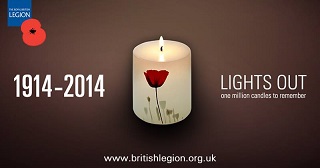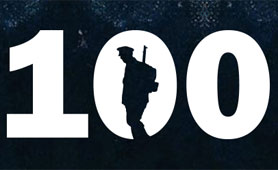 Commemorative events are now underway to mark the centenary of the Gallipoli campaign of World War One. The 1915 campaign on Turkish soil around the Dardanelles was an attempt by the Allied nations to force the Ottoman Empire out of the war, but failed at great cost in lives to both attackers and defenders.
Commemorative events are now underway to mark the centenary of the Gallipoli campaign of World War One. The 1915 campaign on Turkish soil around the Dardanelles was an attempt by the Allied nations to force the Ottoman Empire out of the war, but failed at great cost in lives to both attackers and defenders.
On the 25th April services of remembrance took place in key locations in Britain, Australia, New Zealand and Turkey, to mark the start of the land campaign and the landing of British and Empire troops on the beaches around Gallipoli. BBC news covered the multinational ceremonies in Turkey, and the ANZAC involvement. The BBC website also published other stories about the Turkish approach to commemorations, and commemorations back in Australia.
In the UK, Gallipoli related events will be taking place on different dates and locations over the coming months. The Queen led a ceremony at the Cenotaph memorial in London.
In Scotland the usual ANZAC commemorative event on 25th April was given extra emphasis to mark the centenary, with a service at the Scottish National War Memorial in Edinburgh Castle. Wreaths were laid on behalf of Scotland, Turkey, France, Australia, New Zealand, Canada and Newfoundland. The service was also broadcast to a big screen on the Castle Esplanade for the benefit of a large gathering. The BBC news story “ceremony to mark Scots role” covers the event.
Scottish involvement in the Gallipoli campaign was extensive, through the involvement of the battalions of the 52nd (Lowland) infantry division and other forces. Heavy losses of dead and injured had a great impact in large parts of Scotland. National commemorative events will be held in Scotland on the 4th June, to mark the centenary of the landings of Scottish troops, with activity in Stirling, the Borders and other locations led by local authorities and regimental associations.




